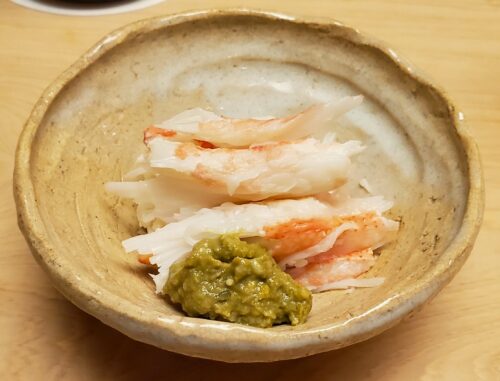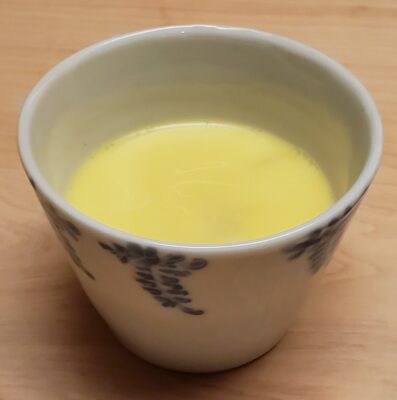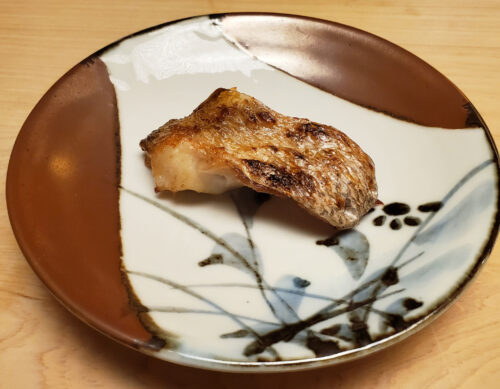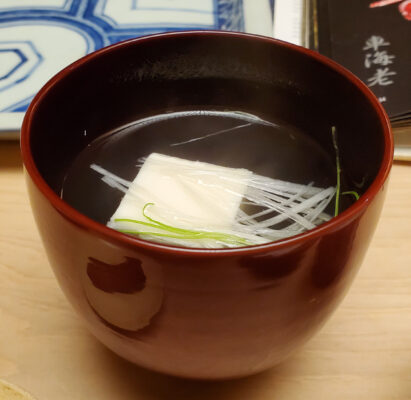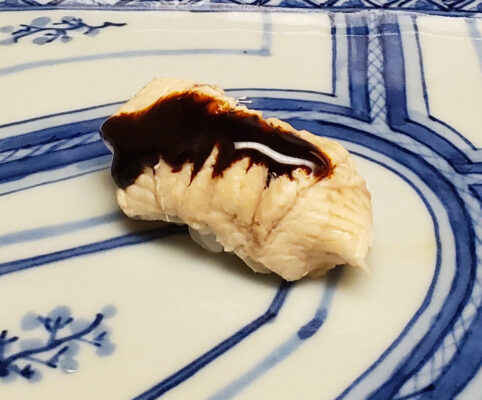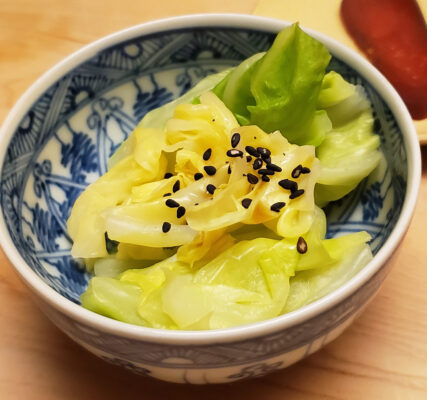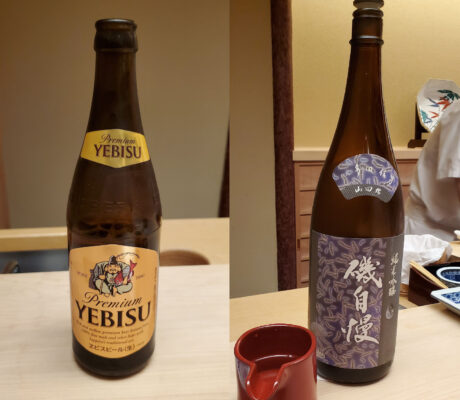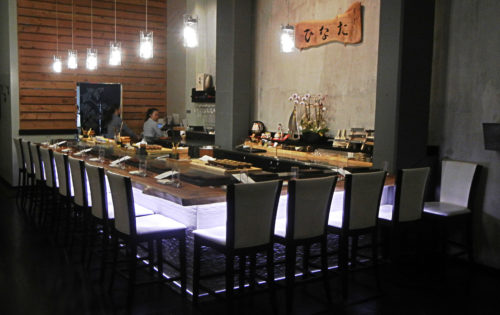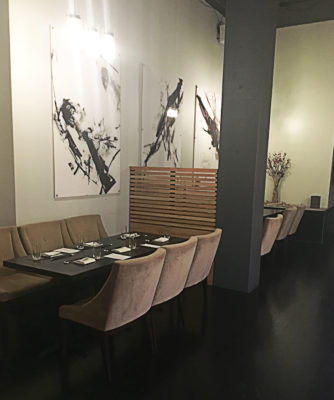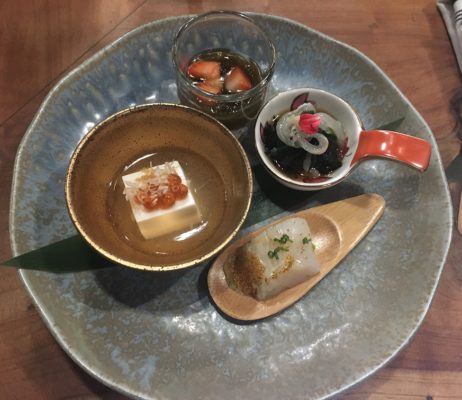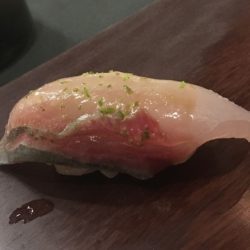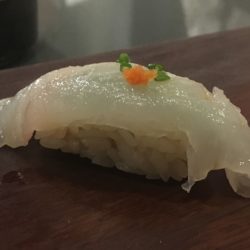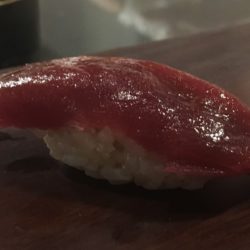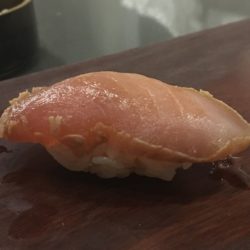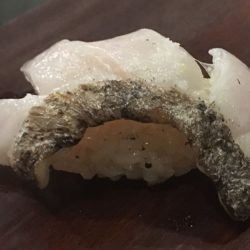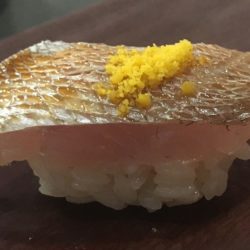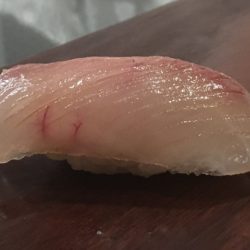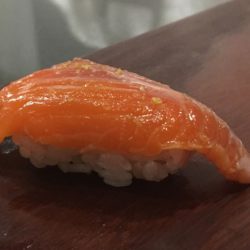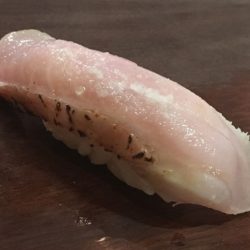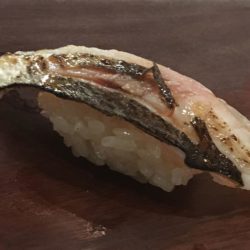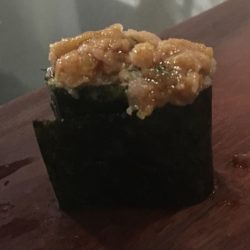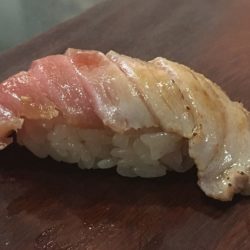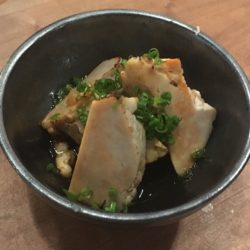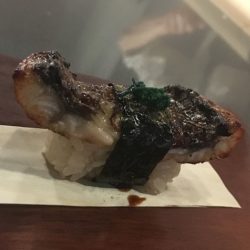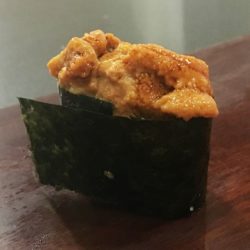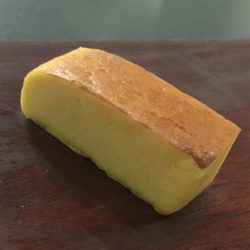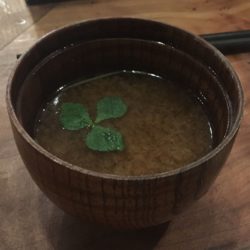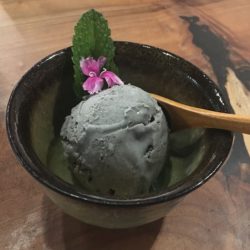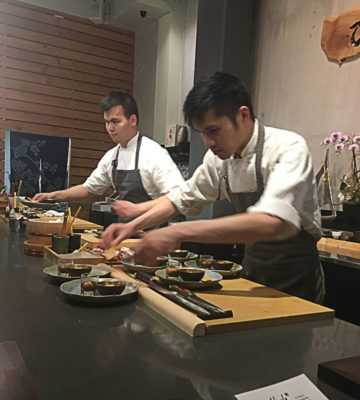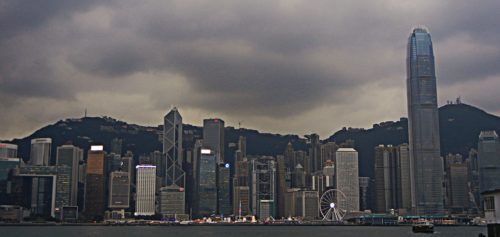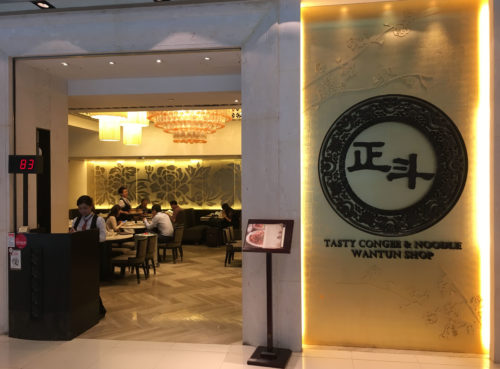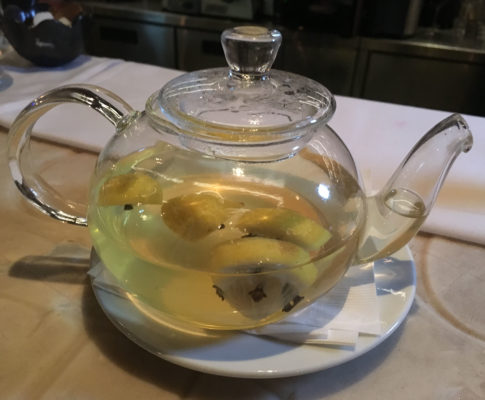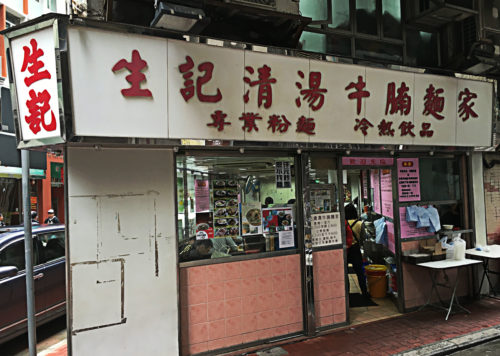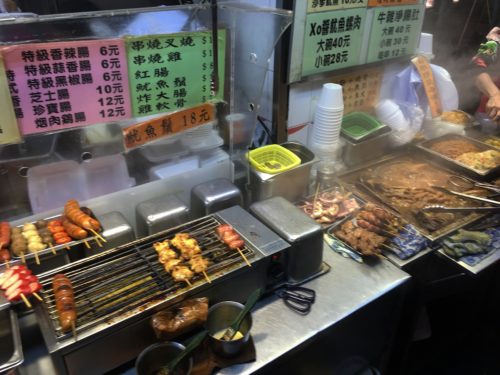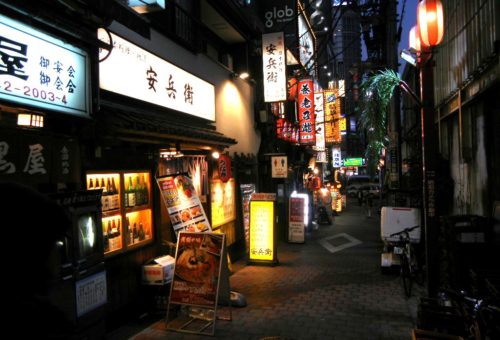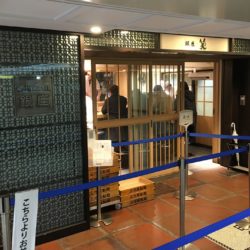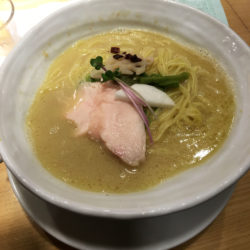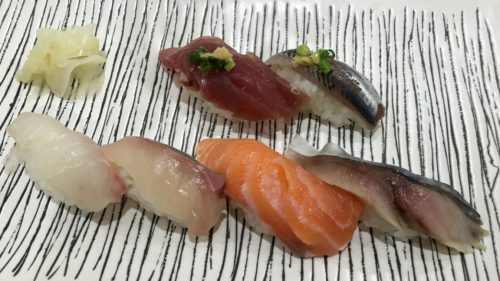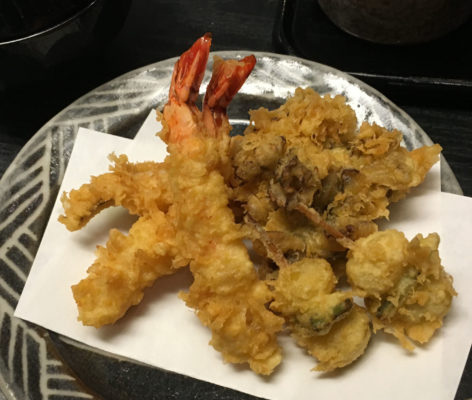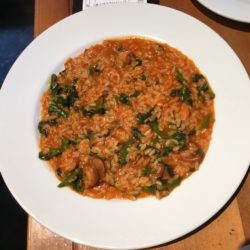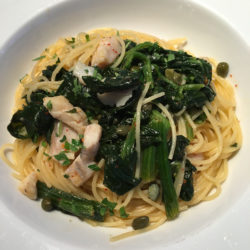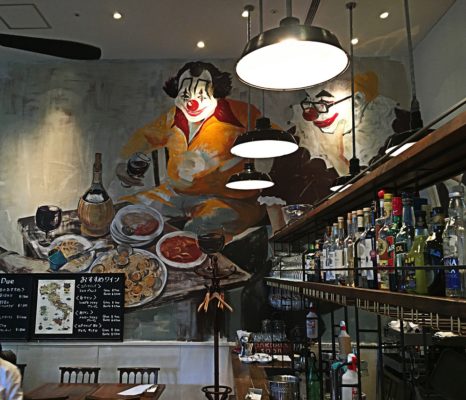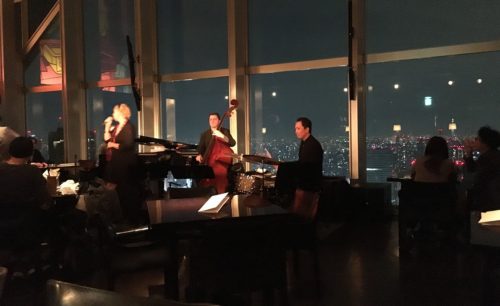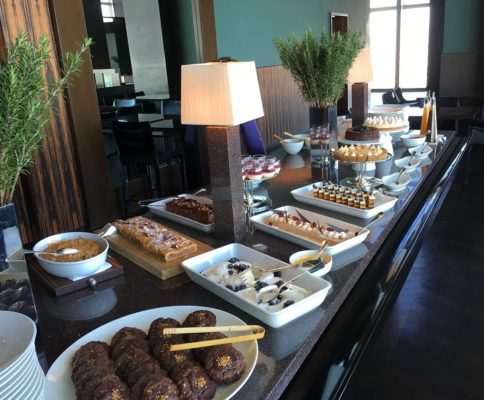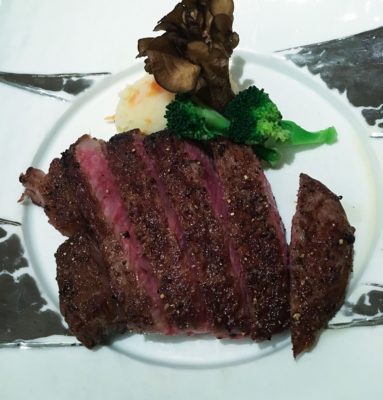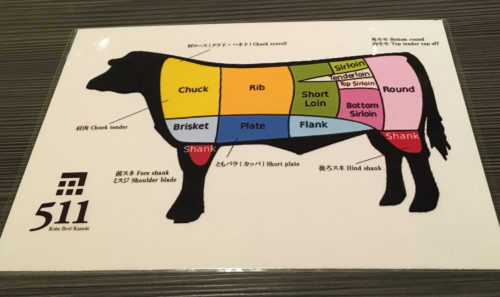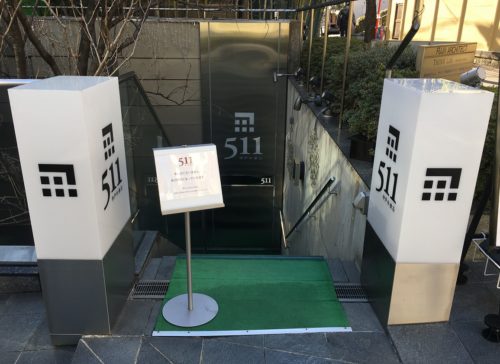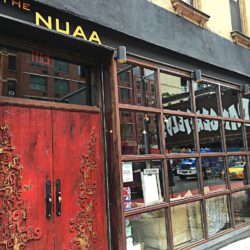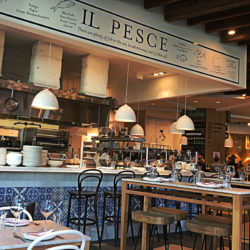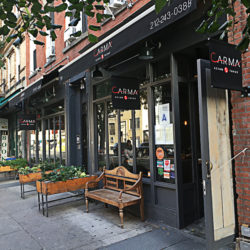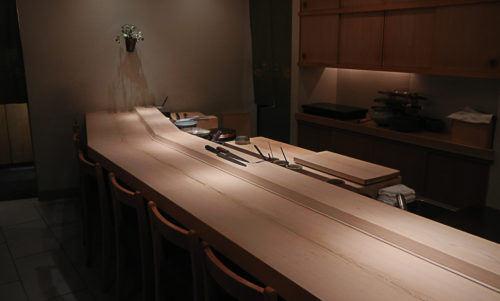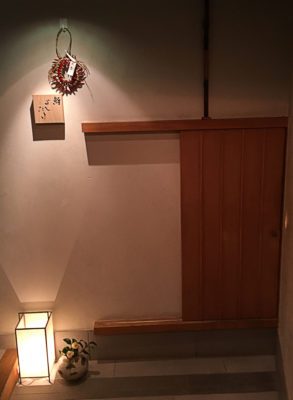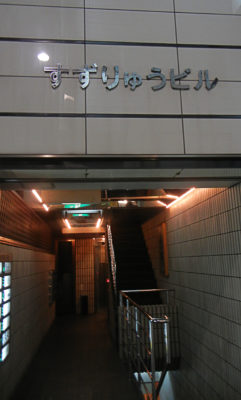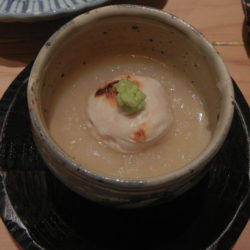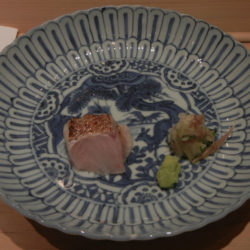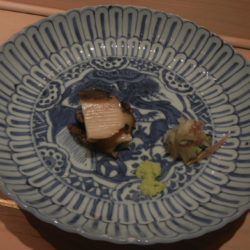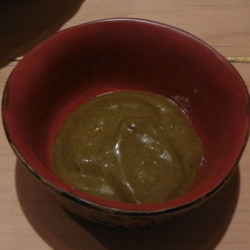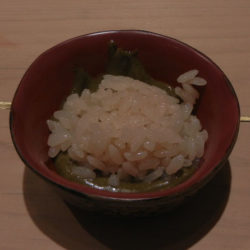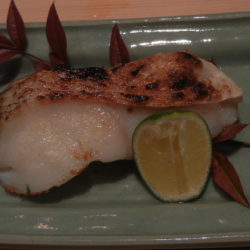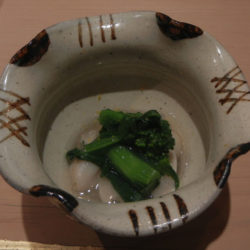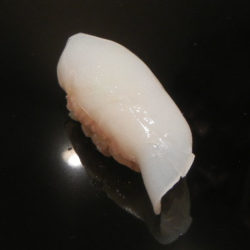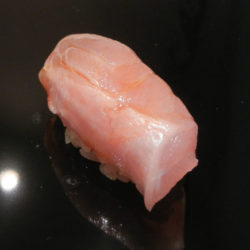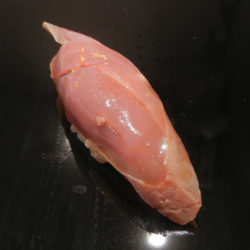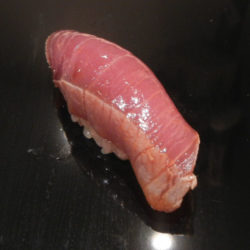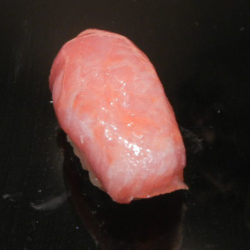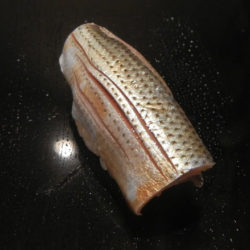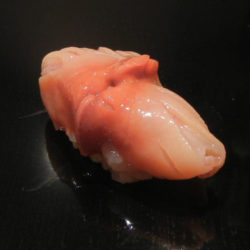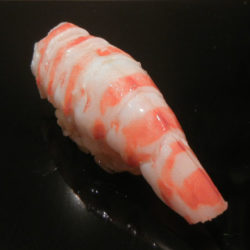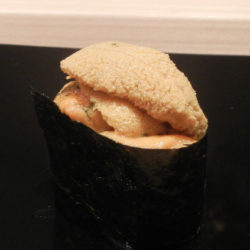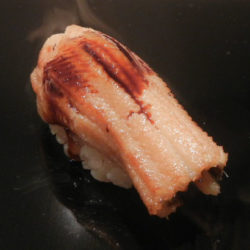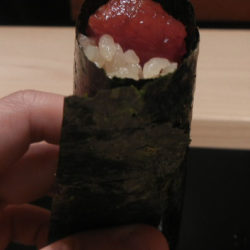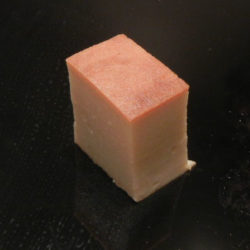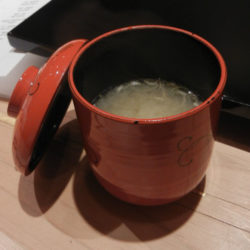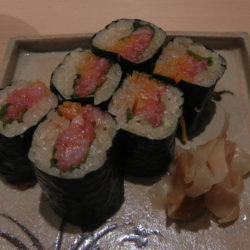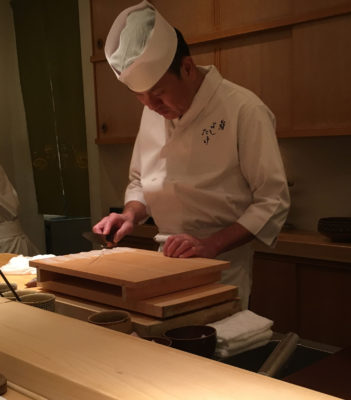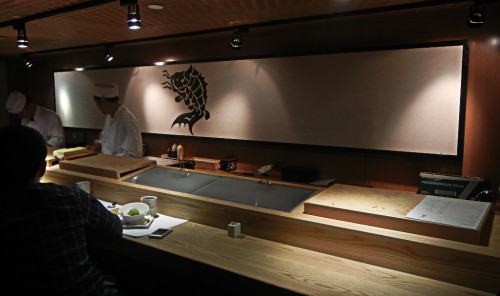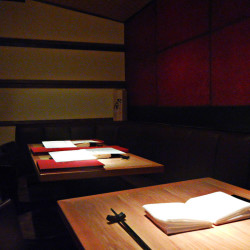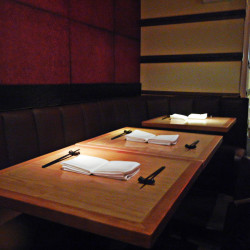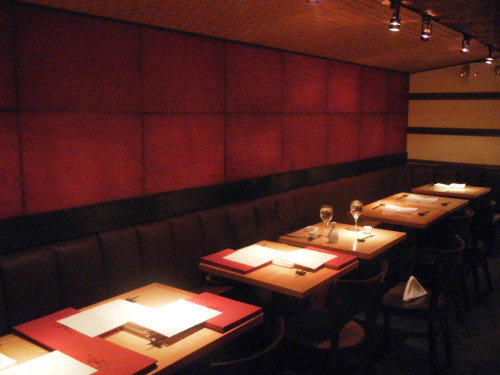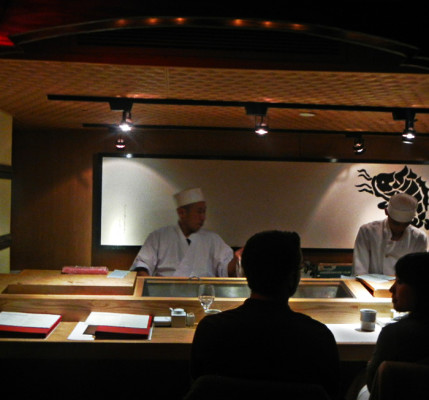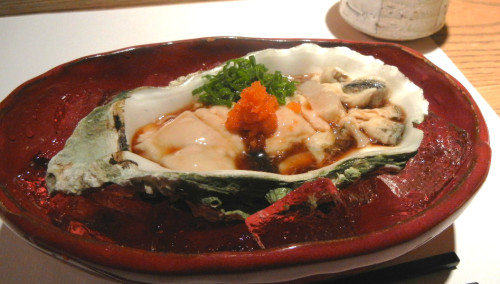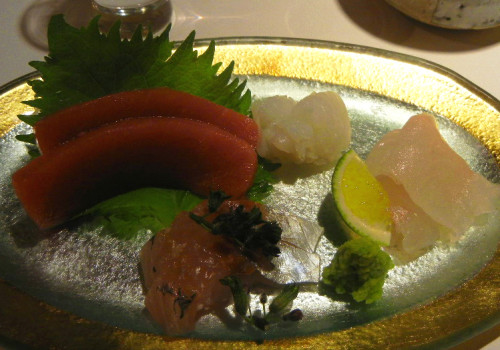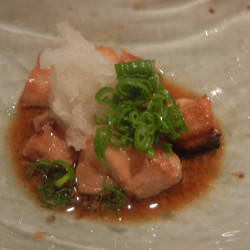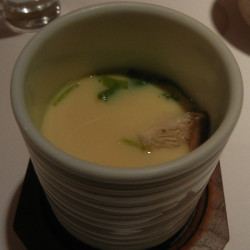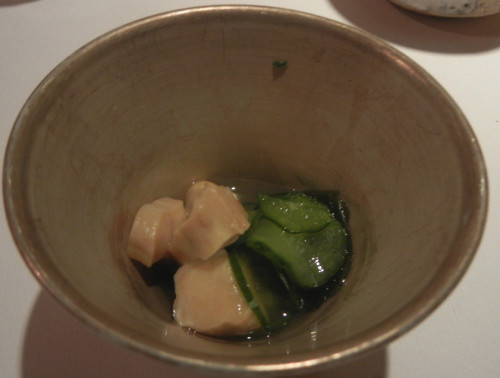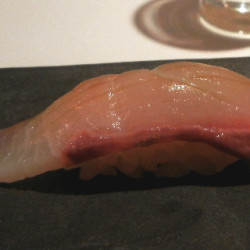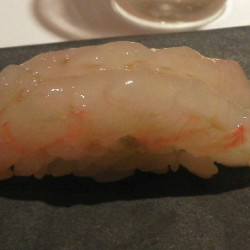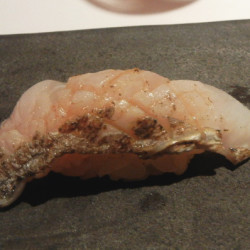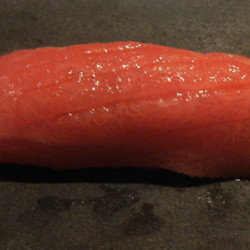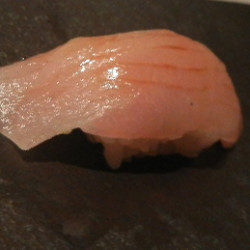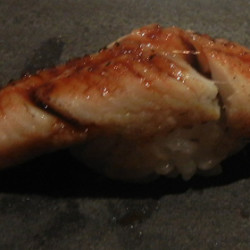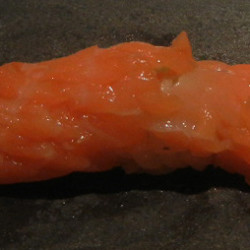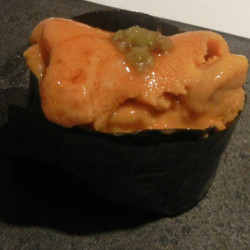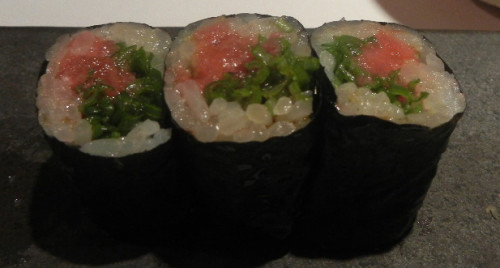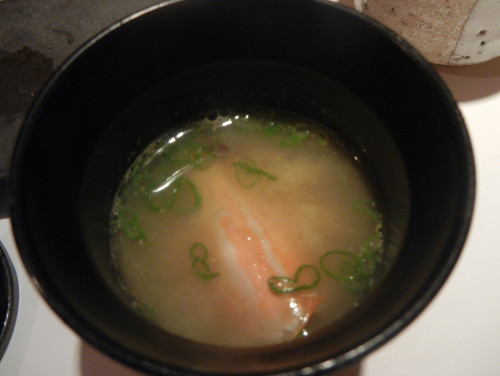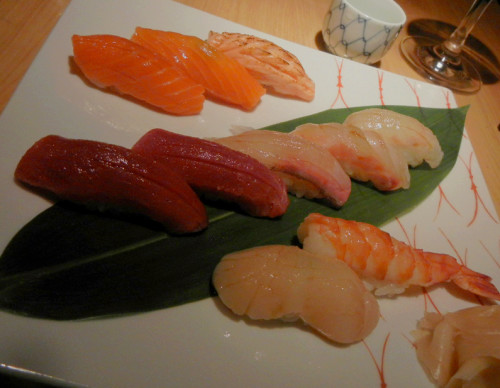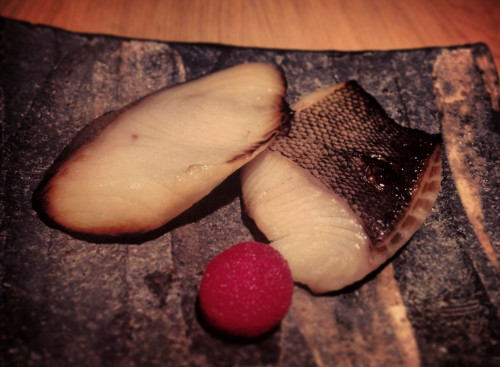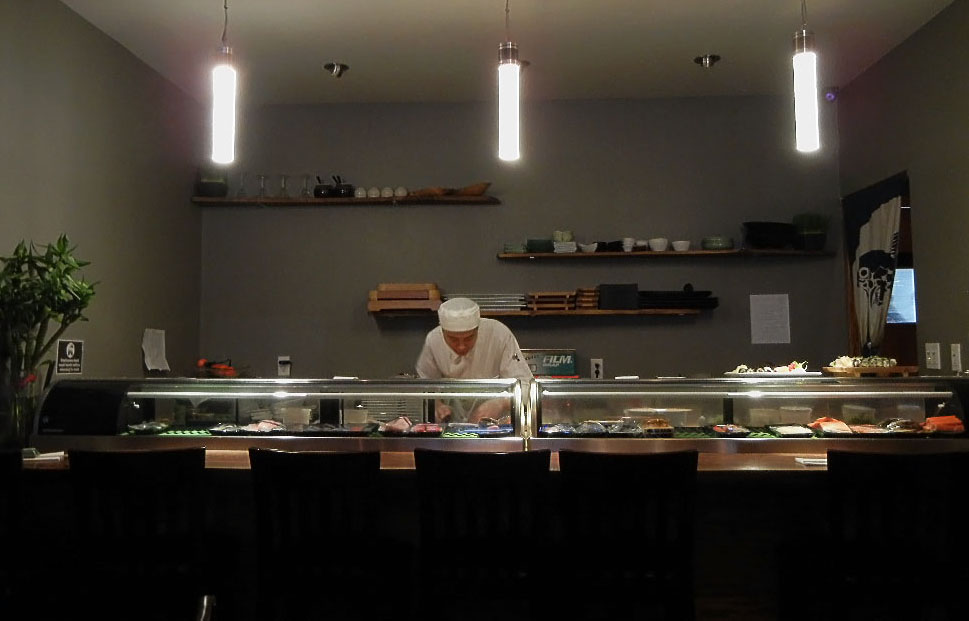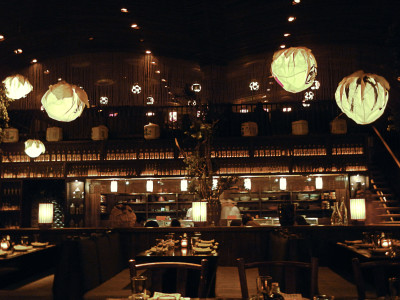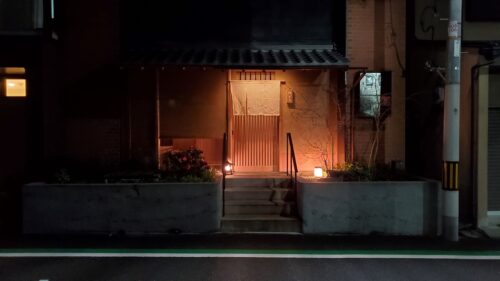
Sushi Harasho
3-30 Uenomiyacho, Tennoji-ku,
Osaka, 543-0037, Japan
+81 50-1807-8488
Official Site
In 2009, when the Michelin guide unveiled its inaugural edition for the Kansai region (Kyoto, Osaka, and Nara), Sushi Harasho swiftly earned two stars. Owner/chef Takumi Ishikawa has consistently upheld this prestigious accolade in consecutive years, including the guide’s latest edition. Presently, it stands as one of only two sushi restaurants in Osaka with two Michelin stars
Nestled in a tranquil residential section of Osaka, Sushi Harasho’s unassuming exterior seamlessly blends with the neighboring houses. Inside, the ambiance is serene, and the interior is modest, featuring a long and wide hanoki wooden counter top seating twelve guests at any given time, complemented by low wooden chairs that surprisingly offer comfort.
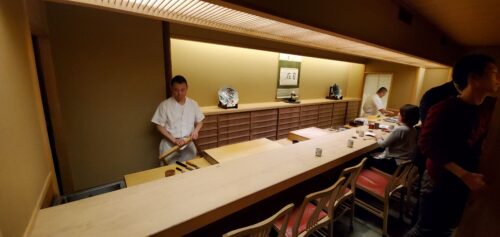
At Sushi Harasho, the only option available is the omakase. The experience commenced with the Octopus, prepared to perfection with firm yet easily chewable meat. The subsequent course featured Sea Cucumber with radish, though I found it a bit too rough for my taste buds. The chef seemed heavy-handed with the radish, resulting in an overly bitter flavor. Despite my efforts, I couldn’t bring myself to finish the dish.
Omakase:
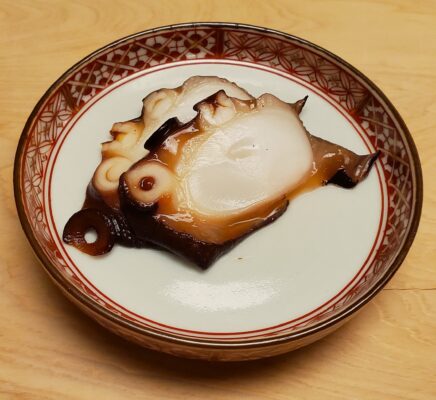
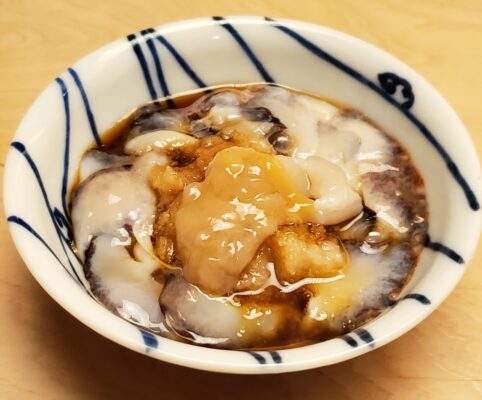
The following courses included two varieties of sashimi. The Sea Bream had a clean and delicate taste, while the Mackerel, marinated in vinegar, was delectable, boasting a terrific crispy skin. This was succeeded by a delightful Crab dish, complemented by a delicious creamy crab roe.
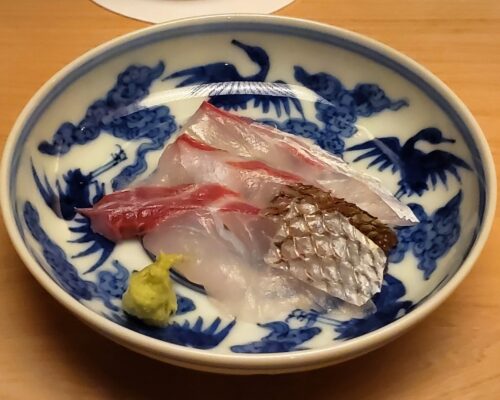
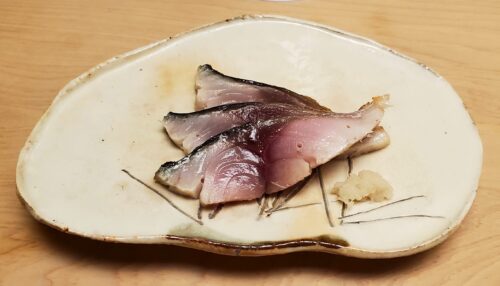
Chawanmushi, a savory steamed egg custard served piping hot, was exceptional, featuring chopped pieces of meaty clams beneath the custard. Nodoguro, a type of sea perch, was grilled beautifully, with charred and crispy skin enveloping uberly tender meat. The next dish featured Fish Roe in three different types of sliced cured fish eggs, each offering a distinct pungency and salinity.
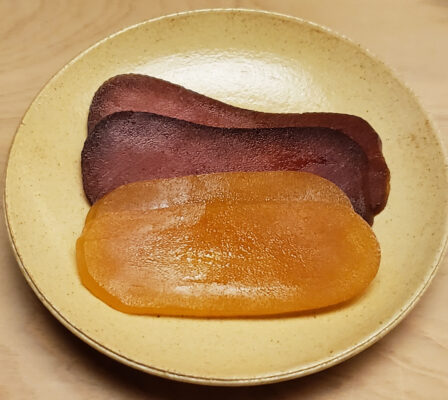
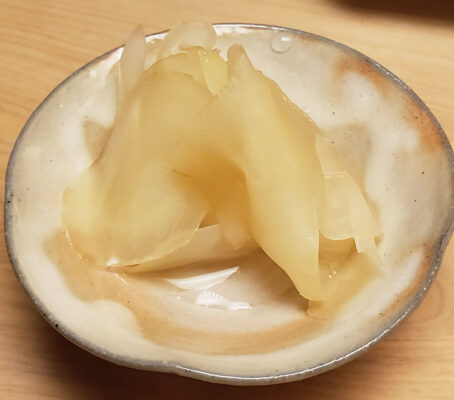
Transitioning to the nagiris after a succession of small plates, the experience began with a fine piece of Squid, boasting a silky, chewy texture brushed with soy sauce, imparting a note of salty sweetness. Sayori, or Halfbeak, had a nice mild and sweet flavor, coupled with a silky texture. Akami followed, presenting a less fatty cut of tuna that was equally delicious. The O-Toro, with its beautiful marbling, was a sight to behold, offering an extremely buttery, luscious, and flavorful experience.
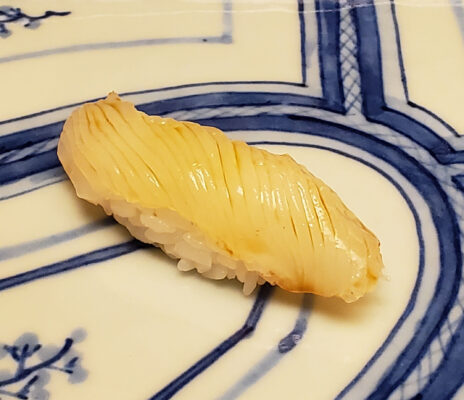
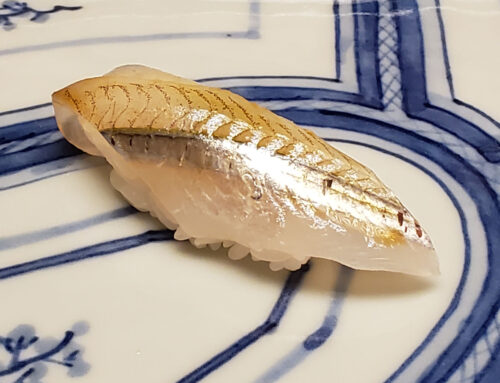
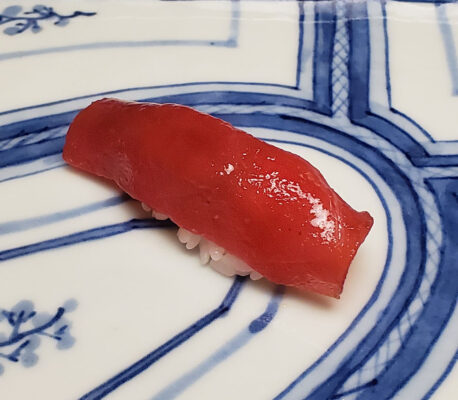
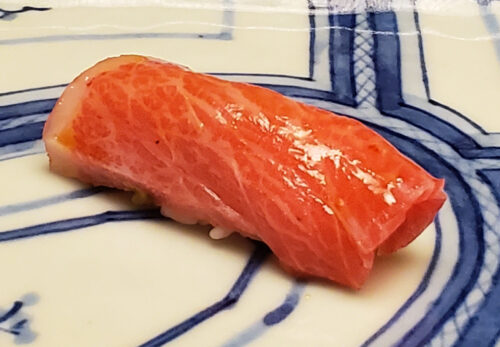
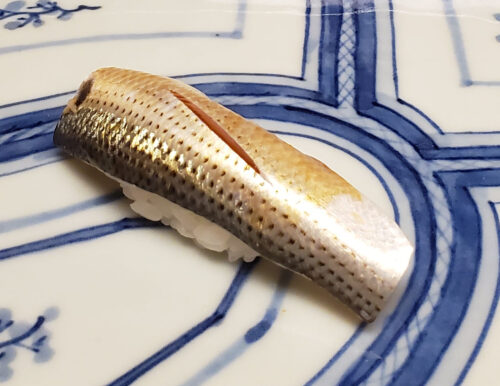
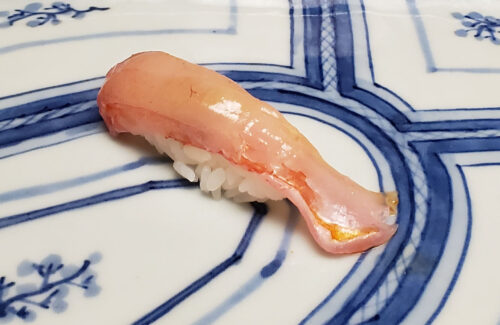
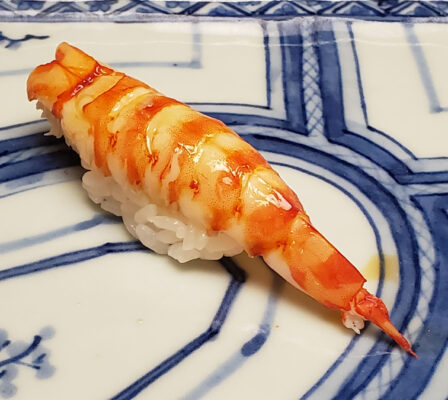
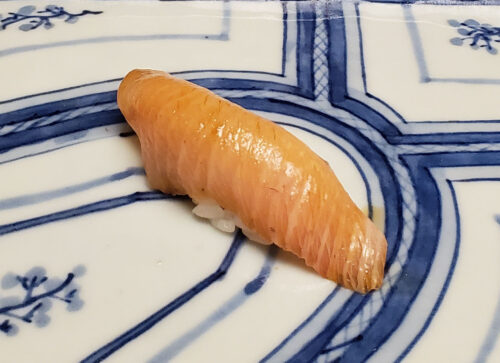
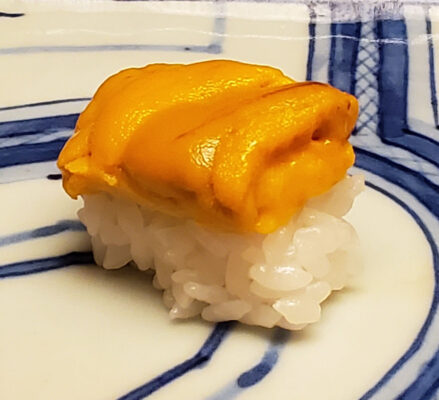
Continuing the journey, the Shad aka Kohada featured a slight oiliness and richness, while Kinmedai exhibited delicacy with a good fat content. Expertly prepared Shrimp showcased a type of tenderness yet firmness in the meat, and the Yellow Tail followed with light richness and slight sweetness. Next, a beautiful piece of scrumptious Uni was served.
The subtle Miso Soup allowed the quality of tofu to shine through, and contrary to the customary Japanese meal practice where soup often signals the meal’s end, at Sushi Harasho, more delights awaited. Immediately following, a very tasty Eel sweetened wonderfully with sweet soy sauce was presented. A small bowl of fresh, crunchy Cabbage served as a palate cleanser, followed by the Kappamaki or cucumber sushi roll with red clam tendon, offering an interesting subtle sweetness and a hint of oceanic presence. The culmination of this omakase was the Futomaki with a delectable egg and vegetable filling.
The succession of small plates at the beginning of the omakase was delightful, and the nigiris were equally sublime. The sushi rice, more subtle than usual, lacked the sweet vinegary component often added, perfectly complementing the richness and fattiness of the fishes in this omakase. The seasonal and top-notch ingredients were extremely fresh, leaving a definitive taste.
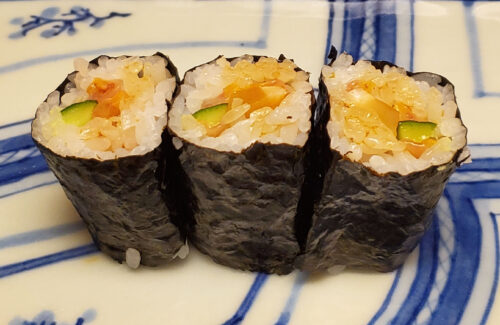
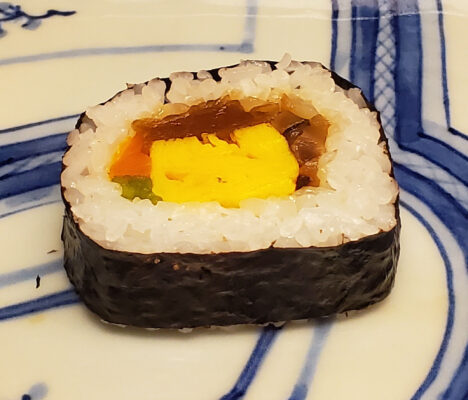
A large bottle of Premium Yebisu Japanese beer and sake, recommended by the sommelier, paired seamlessly with each dish. As expected, there was no sweet ending to this omakase, in line with the common tradition among traditional sushiyas in Japan.
The service at Sushi Harasho was characterized by a laid-back and hospitable demeanor. The staff’s friendliness, coupled with occasional jokes and earnest attempts at conversation, made the experience all the more enjoyable. The chefs behind the counter communicated in English, aided by a picture book containing ingredient information for foreign guests facing language barriers.
Remarkably, Sushi Harasho manages to offer quality sushi at a more affordable price. Following my visit, I comprehended why it is highly recommended and considered among the finest sushiyas in Osaka. This establishment is nothing short of a fantastic restaurant and an absolute must for all sushi enthusiasts.

